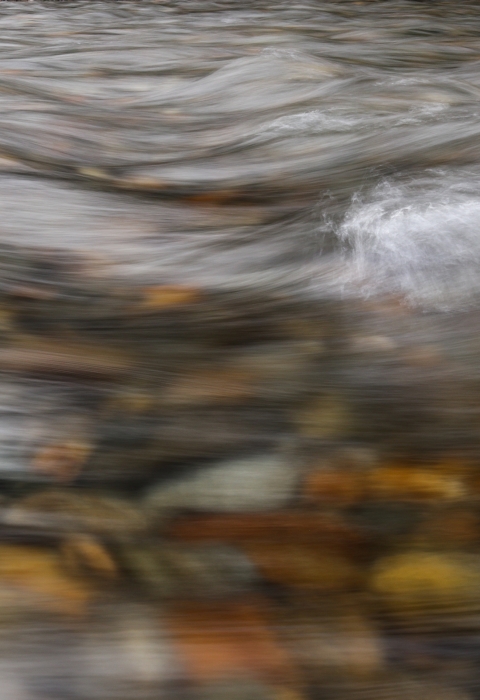In the wake of new genetic research indicating the pyramid pigtoe freshwater mussel is not a distinct species, rather is the same animal as the more common round pigtoe, the U.S. Fish and Wildlife Service withdraws its proposal to list the pyramid pigtoe as a threatened species under the Endangered Species Act (ESA). The pyramid pigtoe was proposed for listing in September 2021.
“Science drives the decisions at the Service,” said Mike Oetker, the Service’s Regional Director. “We are thankful for the contributions of those conducting the research around this species. Their work enables the Service to make informed decisions.”
A paper on the research determining the pyramid pigtoe is not a distinct species was published in Oxford University Press’s Journal of Heredity this past January.
The pyramid pigtoe and far more common round pigtoe were previously considered separate species within the mussel genus Pleurobema. Mussels within this genus have long been notoriously hard to differentiate based on physical features, owing to the wide amount of variation in individual appearance and very similar shell characteristics. Additionally, they also have large, overlapping ranges in the Mississippi River basin. Whether the pyramid pigtoe is a distinct species has been a matter of debate for several years, based on shell shape and mitochondrial DNA. Consideration for protection under the ESA triggered a deeper, more comprehensive look at the species question.
Led by Dr. Nathan Johnson of the U.S. Geological Survey, a team of biologists set out to provide a definitive answer by expanding on past research in two important areas. First, they looked at specimens from across the range of the two species, whereas previous research had only looked at individuals co-occurring in limited portions of the overlapping range. Secondly, they used newer molecular tools and took a more in-depth approach to their genetic research than past studies, this time looking again at mitochondrial DNA, but also evaluating genetic differences using nuclear DNA sequences and a suite of other genetic markers distributed across the whole genome to look for patterns across all genes.
The approach led to a coordinated effort across the multi-state ranges of the two species to collect tissue from 324 specimens, 99 identified as pyramid pigtoe, and 225 identified as round pigtoe. Once the lab work was complete, they were unable to differentiate the two species based on mitochondrial DNA, nuclear DNA, or advanced genetic sequencing. The two mussels are the same species - the relatively common round pigtoe - therefore mussels previously considered pyramid pigtoe no longer qualify for protection under the ESA.
The full text of the decision will be available online at the Federal eRulemaking portal, www.regulations.gov, on March 26, 2024 under docket number FWS-R4-ES-2021-0092.


